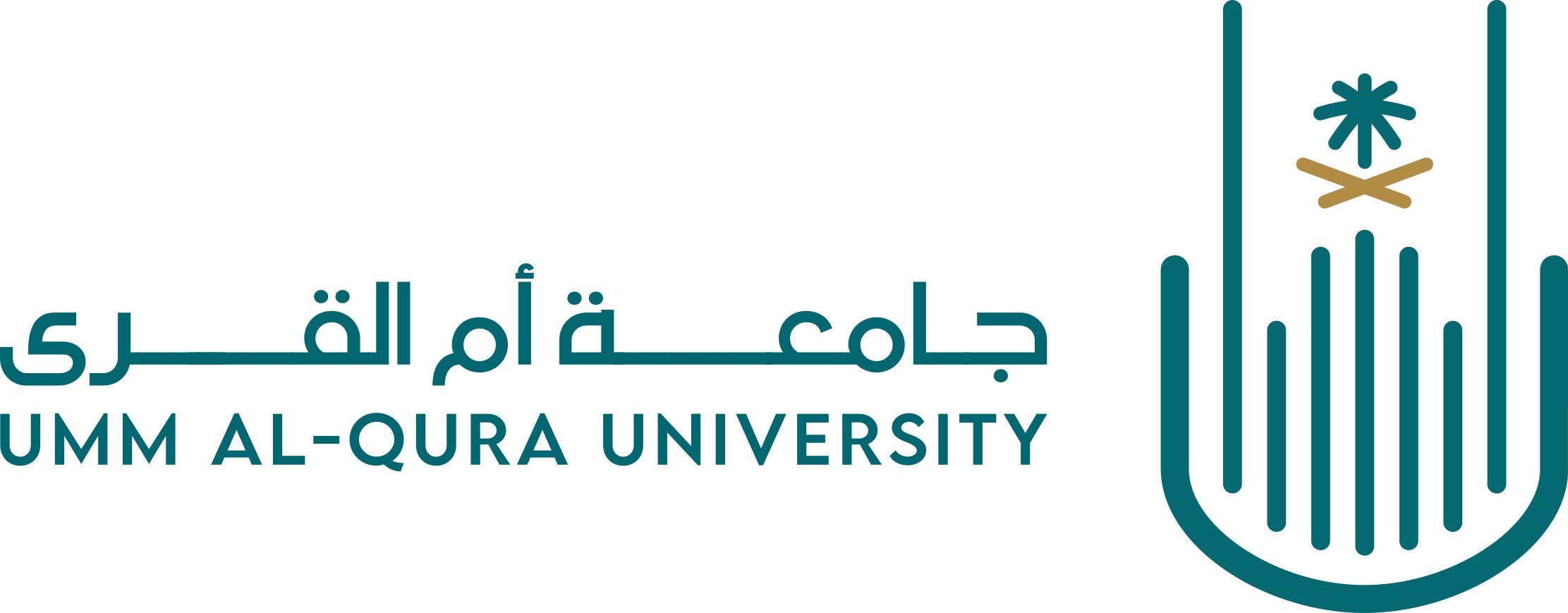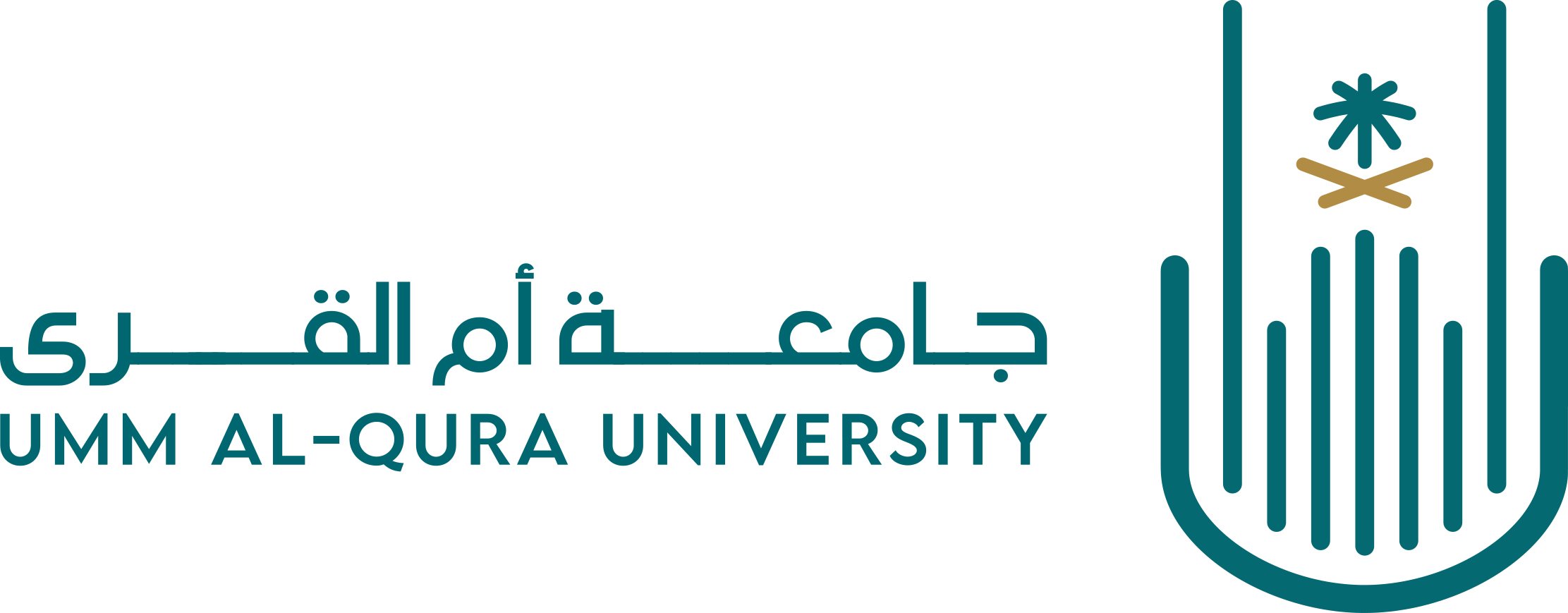- Communities& Collections
- Browse Items by:
- Issue Date
- Author
- Title
- Subject
تغيرات درجات الحرارة على مكة المكرمة والمدينة المنورة
الهدف الرئيسي من هذه الدراسة هو بحث اتجاه وتوزيع درجة الحرارة في 29 سنة للفتره من1985 الى 2013 على مكة المكرمة وفترة 36 سنة (1978-20130). يتم البحث في الحد الاقصى والادني اليومي شهريا بالاضافة الي متوسط درجة الحرارة يوميا، وقد تم الحصول على الانحرافات من الفترات المرجعية من خلال تحليل البيانات، وأظهرت النتائج علي مكة مايلي: عدد الايام الحارة نهارا وليلا ارتفعت سنويا بمعدل 1.5966/1.832 يوم بينما انخفض عدد الليالي الباردة سنويا بمعدل 0.4054 ليلة. المتوسط السنوي لمتوسط درجة حرارة الايام ارتفع ب 0.0398 درجة لكل عام بينما المتوسط السنوي لمتوسط درجة الحرارة العظمى ب 0.0552 درجة كل عام و المتوسط السنوي لدرجة الحرارة الصغرى ارتفع سنويا بمعدل 0.0398 درجة. في المقابل في المدينة المنورة كان عدد الايام الحارة نهارا وليلا ارتفعت سنويا بمعدل 0.6216 نهارا و0.6122 ليلا بينما انخفض عدد الايام والليالي الباردة سنويا بمعدل 0.1368 نهارا و 0.5275 ليلا. وهذا يعني انه خلال هذه الفتره ارتفعت عدد الايام الحارة بمعدل22.3776 وارتفع عدد الليالي الحارة بمعدل 22.0392 ليلة. من النتائج الواردة أعلاه يمكننا أن نستنتج أن مكة المكرمة و المدينة المنورة يعانون من ارتفاع درجات الحرارة، وهناك مخاطر طبية متزايدة من موجات الحرارة التي ستكون أكثر كثافة أو لفترة أطول، أو تلك التي تحدث في وقت سابق من الصيف، لذلك، يجب المطالب بتوفير طاقة اضافية للتبريد، وتوفير مصادر المياة، كما ينبغي الاستعداد الطبي من قبل صناع القرار من أجل تقليل هذه المخاطر على الحجاج الذين يتجمعوا سنويا لأداء مناسك الحج. The main objective of this study is to investigate the trend and the distribution of temperature in 29 years period (1985 to 2013) over Makkah, Saudi Arabia, the holiest city for all Muslims. The mean monthly of daily maximum, daily minimum and daily mean temperatures are investigated, deviations from the reference period (1985–2013) were obtained. By analyzing the data, the results showed that; the number of hot days/nights increased annually by 1.5966/1.832 days while the number of cold nights decreased annually by 0.4054 nights. The annual mean of daily mean temperature increased with 0.0398C per year while the annual mean of daily maximum temperature rose with 0.0552C per year and the annual mean of daily minimum temperature increased with 0.0398C. The monthly mean of mean temperature (Tmmean) of 23.98C was found in January while a maximum mean temperature of 35.95C in July while the monthly mean of maximum temperature (Tmmax) of 43.88C was found in June and the a minimum of 30.54C in January and the monthly mean of minimum temperature (Tmmin) varied between a minimum of 18.82C in January and a maximum of 29.59C in August. From the above findings we can conclude that Makkah is suffering from a considerable warming temperature trend and there is an increasing medical risk from heat waves that will be more intense or longer, or those occurring earlier in summer, so, specific attention towered: the energy demands for extra cooling, water resources, draughts, medical preparedness should be paid by the decision makers in order to minimize these risks over the pilgrims who gathered annually to perform hajj rituals and visitors.
| Title: | تغيرات درجات الحرارة على مكة المكرمة والمدينة المنورة |
| Other Titles: | Temperature Trend on Makkah, Saudi Arabia |
| Authors: | عواد, عبد اللطيف عيسوي |
| Subjects :: | التغيرات المناخية مكة المكرمة المدينة المنورة |
| Issue Date :: | 27-May-2015 |
| Publisher :: | معهد خادم الحرمين الشريفين لأبحاث الحج والعمرة - جامعة أم القرى |
| Series/Report no.: | أبحاث الملتقى العلمي 15;9 |
| Abstract: | الهدف الرئيسي من هذه الدراسة هو بحث اتجاه وتوزيع درجة الحرارة في 29 سنة للفتره من1985 الى 2013 على مكة المكرمة وفترة 36 سنة (1978-20130). يتم البحث في الحد الاقصى والادني اليومي شهريا بالاضافة الي متوسط درجة الحرارة يوميا، وقد تم الحصول على الانحرافات من الفترات المرجعية من خلال تحليل البيانات، وأظهرت النتائج علي مكة مايلي: عدد الايام الحارة نهارا وليلا ارتفعت سنويا بمعدل 1.5966/1.832 يوم بينما انخفض عدد الليالي الباردة سنويا بمعدل 0.4054 ليلة. المتوسط السنوي لمتوسط درجة حرارة الايام ارتفع ب 0.0398 درجة لكل عام بينما المتوسط السنوي لمتوسط درجة الحرارة العظمى ب 0.0552 درجة كل عام و المتوسط السنوي لدرجة الحرارة الصغرى ارتفع سنويا بمعدل 0.0398 درجة. في المقابل في المدينة المنورة كان عدد الايام الحارة نهارا وليلا ارتفعت سنويا بمعدل 0.6216 نهارا و0.6122 ليلا بينما انخفض عدد الايام والليالي الباردة سنويا بمعدل 0.1368 نهارا و 0.5275 ليلا. وهذا يعني انه خلال هذه الفتره ارتفعت عدد الايام الحارة بمعدل22.3776 وارتفع عدد الليالي الحارة بمعدل 22.0392 ليلة. من النتائج الواردة أعلاه يمكننا أن نستنتج أن مكة المكرمة و المدينة المنورة يعانون من ارتفاع درجات الحرارة، وهناك مخاطر طبية متزايدة من موجات الحرارة التي ستكون أكثر كثافة أو لفترة أطول، أو تلك التي تحدث في وقت سابق من الصيف، لذلك، يجب المطالب بتوفير طاقة اضافية للتبريد، وتوفير مصادر المياة، كما ينبغي الاستعداد الطبي من قبل صناع القرار من أجل تقليل هذه المخاطر على الحجاج الذين يتجمعوا سنويا لأداء مناسك الحج. The main objective of this study is to investigate the trend and the distribution of temperature in 29 years period (1985 to 2013) over Makkah, Saudi Arabia, the holiest city for all Muslims. The mean monthly of daily maximum, daily minimum and daily mean temperatures are investigated, deviations from the reference period (1985–2013) were obtained. By analyzing the data, the results showed that; the number of hot days/nights increased annually by 1.5966/1.832 days while the number of cold nights decreased annually by 0.4054 nights. The annual mean of daily mean temperature increased with 0.0398C per year while the annual mean of daily maximum temperature rose with 0.0552C per year and the annual mean of daily minimum temperature increased with 0.0398C. The monthly mean of mean temperature (Tmmean) of 23.98C was found in January while a maximum mean temperature of 35.95C in July while the monthly mean of maximum temperature (Tmmax) of 43.88C was found in June and the a minimum of 30.54C in January and the monthly mean of minimum temperature (Tmmin) varied between a minimum of 18.82C in January and a maximum of 29.59C in August. From the above findings we can conclude that Makkah is suffering from a considerable warming temperature trend and there is an increasing medical risk from heat waves that will be more intense or longer, or those occurring earlier in summer, so, specific attention towered: the energy demands for extra cooling, water resources, draughts, medical preparedness should be paid by the decision makers in order to minimize these risks over the pilgrims who gathered annually to perform hajj rituals and visitors. |
| URI: | http://dorar.uqu.edu.sa//uquui/handle/20.500.12248/131616 |
| Appears in Collections : | 2-المحور الثاني الدراسات البيئية والصحية |
| File | Description | Size | Format | |
|---|---|---|---|---|
| السجل العلمي لأبحاث الملتقى 15-205.pdf | ملخص بحث - تغيرات درجات الحرارة | 204.91 kB | Adobe PDF |  View/Open |
| أبحاث الملتقى 15 - إنجليزي-69-90.pdf | البحث باللغة الإنجليزية | 1.07 MB | Adobe PDF |  View/Open |
| Temperature Trend on Makkah, Saudi Arabia.docx | البحث بصيغة وورد | 1.15 MB | Microsoft Word XML | View/Open |
Items in D-Library are protected by copyright, with all rights reserved, unless otherwise indicated.



Comments (0)